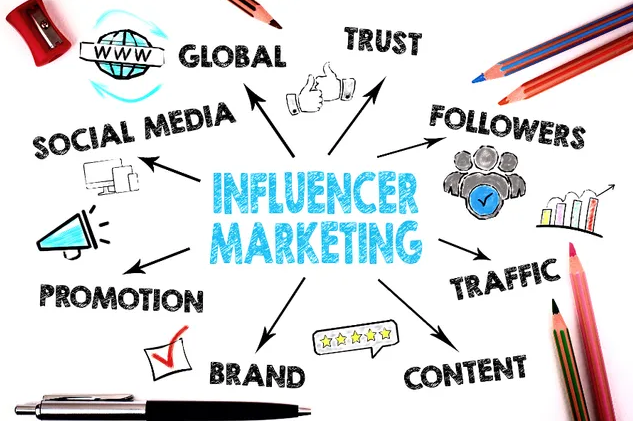Website Marketing A Comprehensive Guide
- Charles Darwin
- 2023 February 01 12:09
- Marketing Strategy
In today's digital age, having a website for your business is no longer optional - it's a necessity. However, just having a website is not enough; you need to make sure that it is visible and accessible to your target audience. This is where website marketing comes in. In this article, we will discuss what website marketing is, its importance, and some effective website marketing strategies that you can use to increase traffic, engagement, and conversions on your website.
Social Media Marketing
- Charles Darwin
- 2023 January 30 13:08
- Marketing Strategy
Social media marketing is a crucial aspect of digital marketing. It involves the use of social media platforms such as Facebook, Twitter, Instagram, LinkedIn, and others to promote products or services, build brand awareness, and engage with customers. Social media marketing has become an integral part of many businesses' marketing strategies due to its effectiveness in reaching a large audience and its cost-effectiveness. This article aims to provide a comprehensive guide to social media marketing, including its benefits, strategies, and best practices.
Search Engine Optimization (SEO) Is The Practice Of Optimizing
- Charles Darwin
- 2023 January 28 16:06
- Marketing Strategy
Search Engine Optimization (SEO) is the practice of optimizing a website to improve its visibility and ranking in search engine results pages (SERPs). The importance of SEO cannot be overemphasized, especially with the increased use of the internet for business purposes. This article aims to provide an in-depth understanding of SEO and how it can be effectively used to improve a website’s visibility and ranking in search engine results pages.
Influencer Marketing Is A Type Of Marketing Strategy
- William Shakespeare
- 2023 January 26 23:03
- Marketing Strategy
Influencer marketing is a type of marketing strategy that involves partnering with individuals who have a significant following on social media platforms to promote products or services. In this article, we will explore what influencer marketing is, its benefits, and how businesses can leverage it to achieve their marketing objectives.
Recent Posts
- Digital Marketing Techniques Is Google Ads
- Facebook Ads Have Been A Game Changer For Digital Marketing
- Native Advertising Has Become An Increasingly Popular
- Pay Per Click Ppc Marketing Is A Form Of Digital Advertising
- B2b Versus B2c Digital Marketing
- Digital Marketing A Comprehensive Guide For Beginners
- Marketing Automation Businesses
- Mobile Marketing Is The Process Of Reaching Consumers Through Their Mobile Devices
- Affiliate Marketing Is A Popular Digital Marketing Strategy
- Content Marketing Has Become An Essential Part Of Any Marketing Strategy
- Email Marketing Is A Highly Effective Digital Marketing Strategy
- Explore The Benefits Of Video Marketing
- Influencer Marketing Is A Type Of Marketing Strategy
- Search Engine Optimization Seo Is The Practice Of Optimizing
- Social Media Marketing
- Website Marketing A Comprehensive Guide



